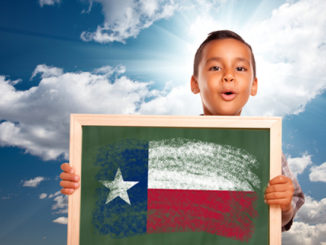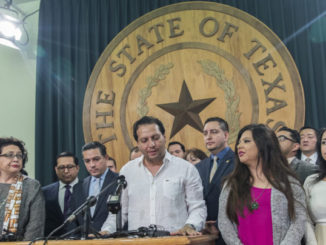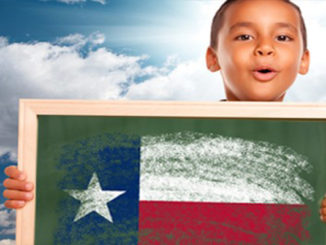by Richard Fry and Paul Taylor
 A record seven-in-ten (69%) Hispanic high school graduates in the class of 2012 enrolled in college that fall, two percentage points higher than the rate (67%) among their white counterparts,1 according to a Pew Research Center analysis of new data from the U.S. Census Bureau.2
A record seven-in-ten (69%) Hispanic high school graduates in the class of 2012 enrolled in college that fall, two percentage points higher than the rate (67%) among their white counterparts,1 according to a Pew Research Center analysis of new data from the U.S. Census Bureau.2
This milestone is the result of a long-term increase in Hispanic college-going that accelerated with the onset of the recession in 2008 (Fry and Lopez, 2012). The rate among white high school graduates, by contrast, has declined slightly since 2008.
The positive trends in Hispanic educational indicators also extend to high school. The most recent available data show that in 2011 only 14% of Hispanic 16- to 24-year-olds were high school dropouts, half the level in 2000 (28%). Starting from a much lower base, the high school dropout rate among whites also declined during that period (from 7% in 2000 to 5% in 2011), but did not fall by as much.
Despite the narrowing of some of these long-standing educational attainment gaps, Hispanics continue to lag whites in a number of key higher education measures. Young Hispanic college students are less likely than their white counterparts to enroll in a four-year college (56% versus 72%), they are less likely to attend a selective college,3 less likely to be enrolled in college full time, and less likely to complete a bachelor’s degree.
It is possible that the rise in high school completion and college enrollment by Latino youths has been driven, at least in part, by their declining fortunes in the job market. Since the onset of the recession at the end of 2007, unemployment among Latinos ages 16 to 24 has gone up by seven percentage points, compared with a five percentage point rise among white youths. With jobs harder to find, more Latino youths may have chosen to stay in school longer.
Another factor, however, could be the importance that Latino families place on a college education. According to a 2009 Pew Hispanic Center survey, 88% of Latinos ages 16 and older agreed that a college degree is necessary to get ahead in life today (Pew Hispanic Center, 2009). By contrast, a separate 2009 survey of all Americans ages 16 and older found that fewer (74%) said the same (Pew Research Social & Demographic Trends, 2009).
About this Report
This report is mainly based on data published by the U.S. Bureau of Labor Statistics (BLS) in its “College Enrollment and Work Activity of High School Graduates” news releases. The original data source is the October school enrollment supplement of the Current Population Survey (CPS). Collected by the Census Bureau, the CPS is best known as the source for the monthly national unemployment rate and other labor force statistics. Each October since 1956 the CPS has included a supplemental questionnaire on school and college enrollment in the current and past year. Each month the CPS surveys about 60,000 households or about 135,000 persons. Further information on the October CPS can be found in the most recent “College Enrollment and Work Activity of High School Graduates” release or Davis and Bauman (2011).
The CPS is nationally representative of the civilian noninstitutionalized population.
This report was written by Richard Fry and Paul Taylor. Research Assistant Eileen Patten expertly formatted the tables and figures. Patten and Research Associate Wendy Wang number-checked the report. Molly Rohal was the copy editor. The authors appreciate the expertise and input of Associate Director Mark Hugo Lopez.
Read the full Report as PDF here>>>



